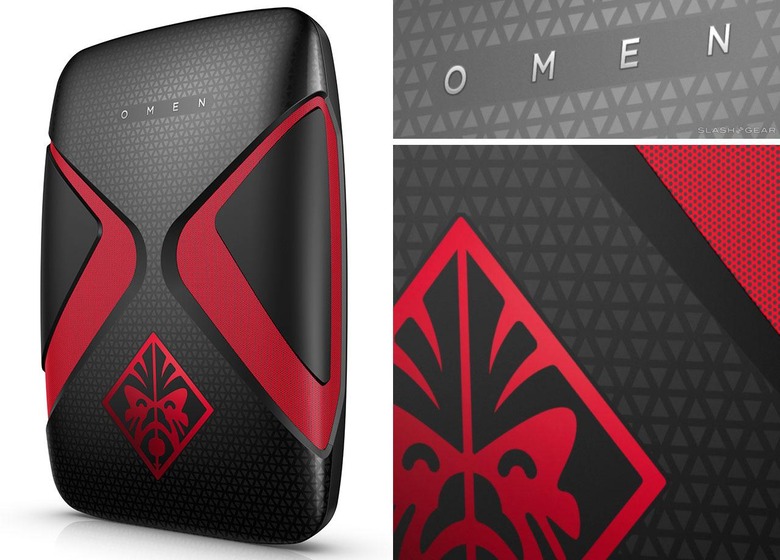Rise Of The VR-Ready Backpack PC: Aorus, HP, MSI, ZOTAC
This week both HP and MSI have revealed Backback PCs – computers that act like desktops but fit on your back, preparing you for a full-range, untethered VR experience. It would seem at first as though they would be leading the way – most average citizens have never seen a Backpack PC before, right? But that's just not true – at least three different groups have made the Backpack PC a real, working model before now – but only now are we truly starting to reach a first stride.
The way our friendly HP representative explained it to us, the VR gaming universe is looking for a more elegant solution to playing games in virtual reality. Specifically with the HTC Vive, a VR headset which allows you to move around in space in "room scale VR", users – and game developers – have been wishing to cut the cord.
Oddly enough, HP also found that the number of people wishing for the cord to disappear from the headset for fear of tripping was nowhere near the amount of people who actually tripped on said cord. The cord – the bundle of cords, that is – is currently so present in the experience that it's difficult to forget to watch out for it. You end up automatically compensating.
Regardless, HP sought out a more elegant solution. They made the Omen X VR PC Pack – currently a project, not a final consumer product.
Below you'll find a number of other solutions that've popped up over the past several months – in the wake of the release of both the developer versions and the final market-ready versions of VR headsets from Oculus and HTC. But mostly HTC.
AORUS X7 DT Virtual Reality Mobile Platform
Earlier this year the folks at AORUS showed off a model AORUS X7 DT Virtual Reality Mobile Platform. Essentially this was a high-powered gaming laptop attached to a couple of backpack straps made specifically for said laptop.
The video above comes from Notebook Italia – start in at around 2:00 and you'll see a Gigabyte/Aorus representative speaking about their "Proof of Concept" at CES 2016.
ZOTAC Mobile VR Solution with ZOTAC ZBOX
Just this April the folks at ZOTAC created the ZOTAC Mobile VR solution – ZOTAC ZBOX. This is basically a tiny PC in a hardened shell backpack able to run on batteries. That's not a whole lot different from the rest of the solutions shown by other companies this year – but it does look comfortable, at least.
Above you'll see ZOTAC's Mobile VR presentation and a couple shots of what their backpack looks like. Inside is a ZBOX – you'll see what that looks like in the video below.
Simplicity – extremely basic, optimized to be as small as possible with the power needed for VR.
MSI Backpack PC
MSI isn't the type to scrimp on power, with Core i7 processors and NVIDIA's GeForce GTX 980 GPU inside – what we'll be waiting to find out is how long it'll last.
Battery life is going to be one of the most KEY factors in consumers deciding whether or not they want a Backpack PC when the first wave hits the market. If no model can achieve what the public wants, we'll stick with cables.
At this time there's only a TINY image of the pack available – we'll see more soon.
Omen X VR PC Pack by HP
The most epic model we've seen thus far is the Omen X VR PC Pack from HP. This solution also rolls with high-end Intel processor and all the output ports you'll need to run an HTC Vive on the go. This model is made to be worn on your back but can also very easily become a desktop PC for your desktop with removable straps.

This model is more of a project than it is a final product. HP was quick to remind us that they did not intend to be announcing a market-ready product here, only the start of something much more spectacular than what you see today.
DIY
Have you made your own backpack PC for virtual reality? Let us know! We're rounding up the best of the best for a future showdown right here on SlashGear in our Gaming Hub!
Have you created your own DIY backpack PC? Let us know! @SlashGear pic.twitter.com/2hcvjHilk1
— Chris Burns @Home (@t_chrisburns) May 27, 2016

